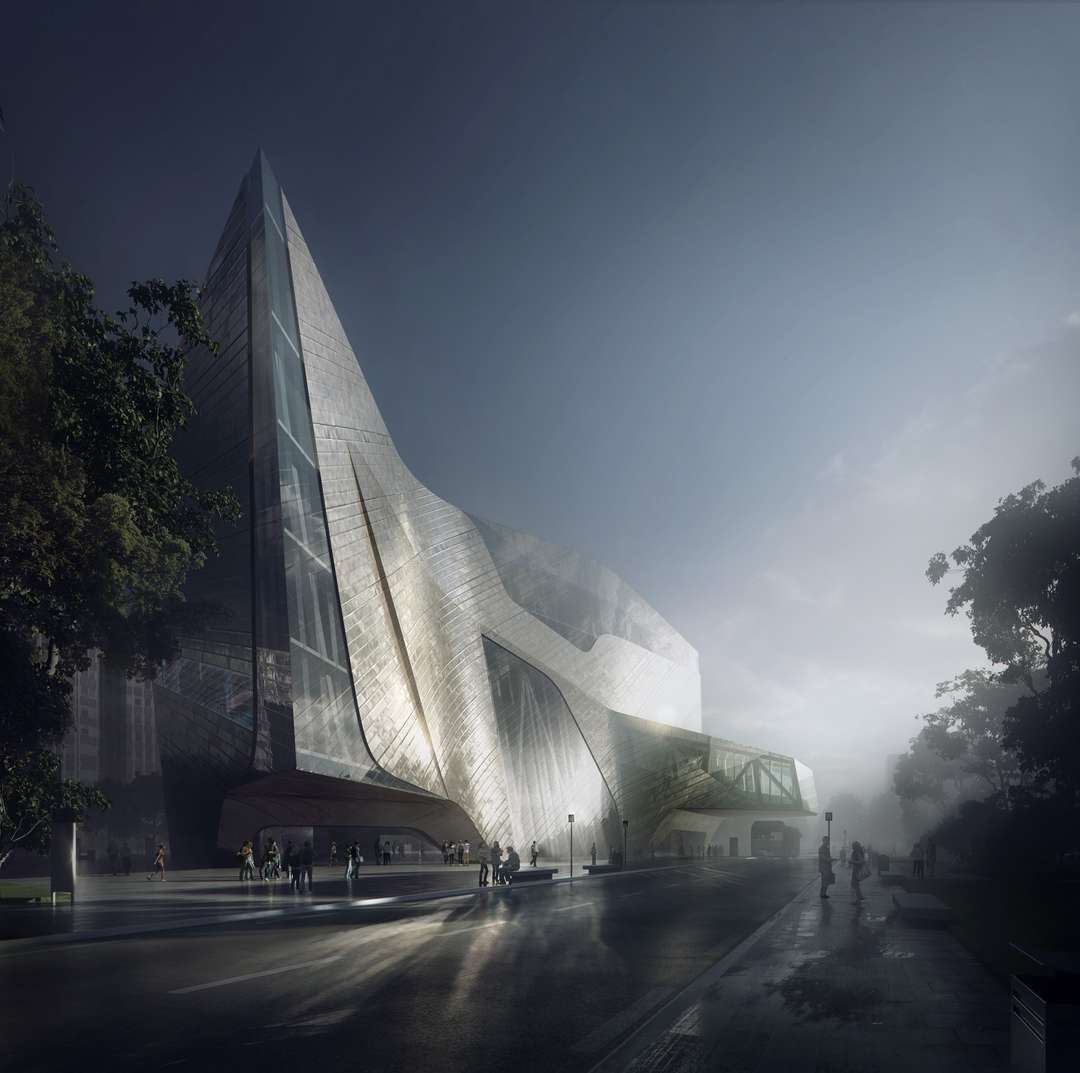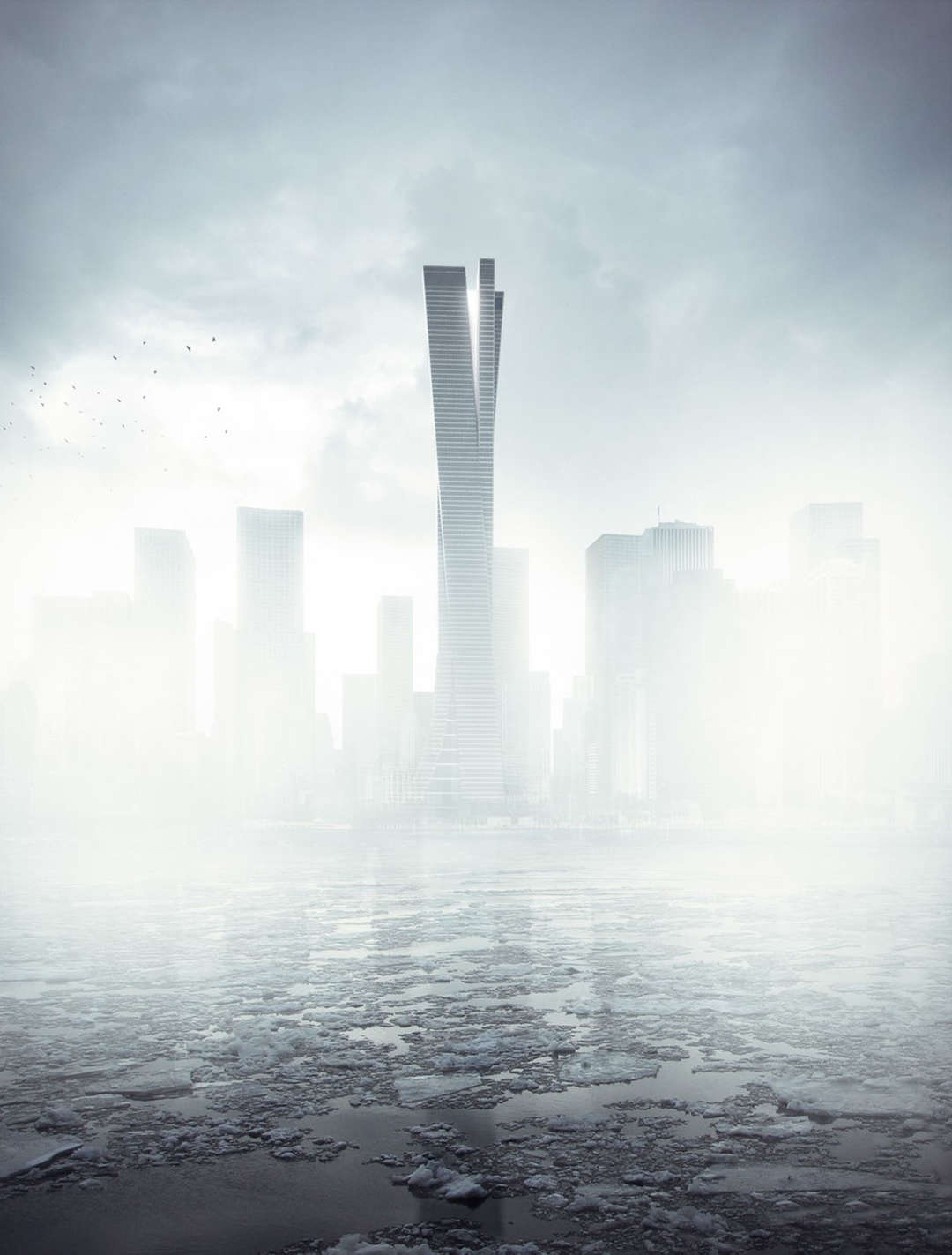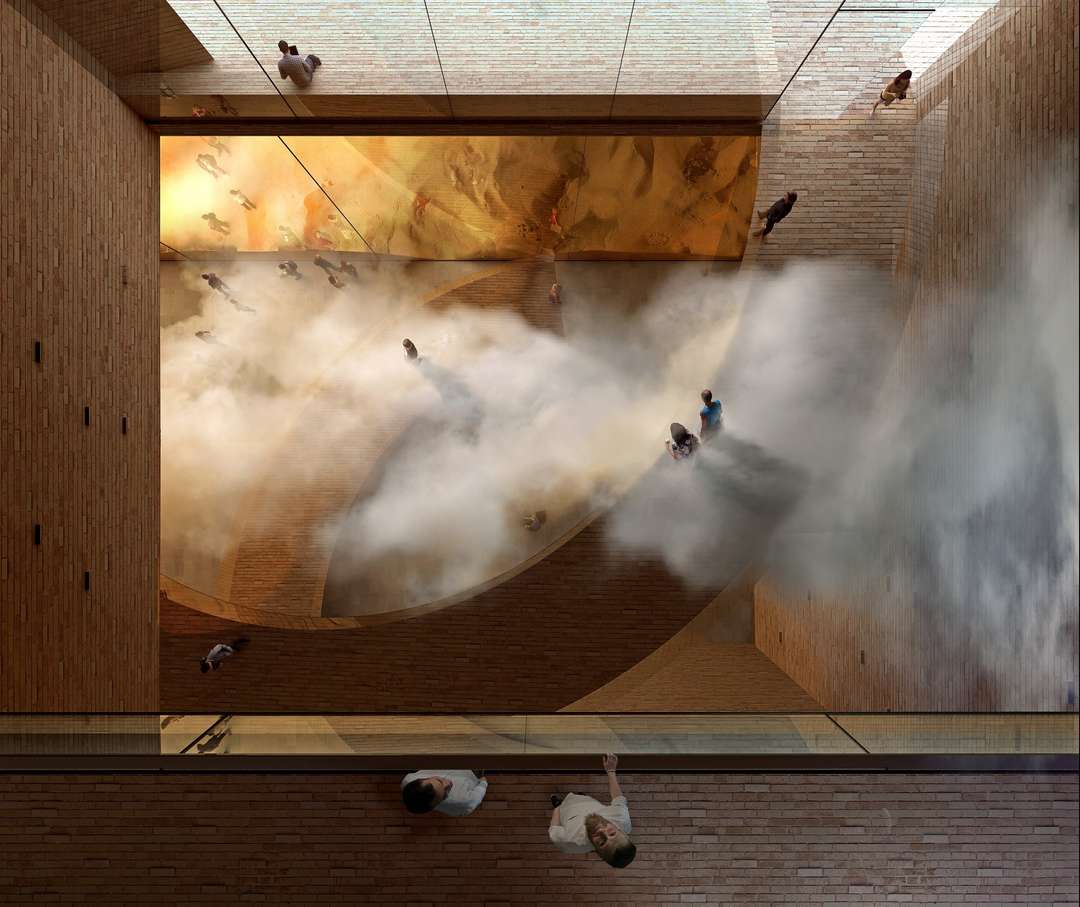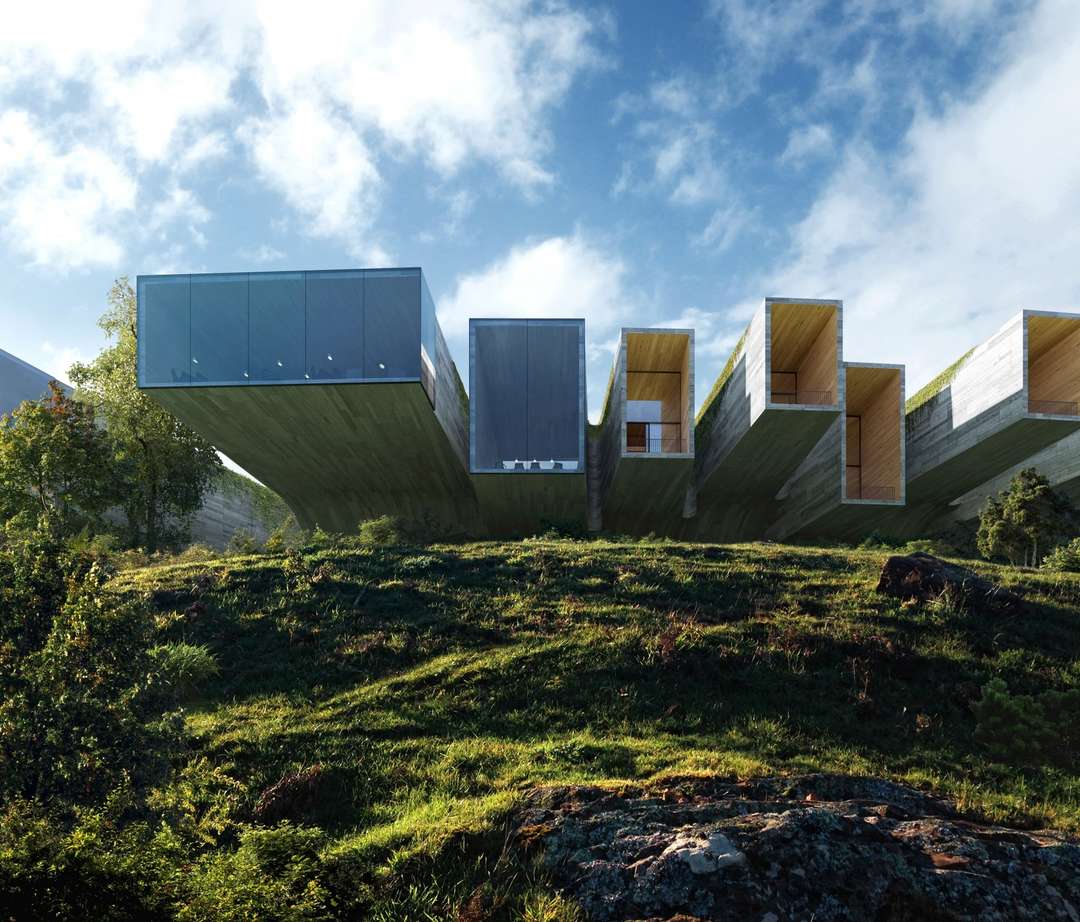
It is hard to imagine anyone with an interest in architecture not being familiar with the remarkable work of Bergen-based visualization studio MIR. Founded in 2000 by Trond Greve Andersen and Mats Andersen, MIR has evolved into a unique practice whose ability to reconcile commercial demands and artistic autonomy continues to baffle the ArchViz community. Despite their impressive list of clients — from compatriots Jensen & Skodvin and Snøhetta to BIG and Zaha Hadid — MIR maintains a boutique quality and cultivates a relaxed attitude rarely found in studios of such high caliber.
In this interview with Architizer, founding partner Trond Greve Andersen elaborates on MIR’s creative process, office culture and offers some no-nonsense advice to budding ArchViz artists.
Monash University by Woods Bagot
Lidija Grozdanic: You have harnessed the phrase “natural visualization” as a credo or mission statement. What does “natural visualization” mean?
The food industry uses the term “terroir” to explain food that expresses its origin and uniqueness. Our experience is that architectural visualizers treat all projects — or produce, if you will — the same way. Add too many spices and it all tastes the same … Natural visualization means using the naturally inherent qualities in architecture and sites to express distinctiveness, to avoid the typical.
Architectural projects in your images are often presented in part or in a wider natural or urban context. I suspect this approach encounters some initial resistance in clients. How do you convince them to embrace it?
For an image to be truly evocative and impactful, it needs to transport you to a different place. MIR has always been as concerned with portraying the place or site as the architecture itself. Our process starts off with an extensive sketching phase. To convince, we show rather than tell.
Tianjin Citadel by BIG
Have you been able to cultivate this unconventional approach from the very beginning of MIR, or was there a moment that marked a shift in your work?
Our approach is forever changing. We want to avoid dogmatic thinking. For instance, you can no longer find the term “Natural Visualization” on our website. This approach has become an integral part of what we do, an obviousness. Unconventionality has always been key in our motivation. If someone else is doing something a certain way, there is no point in us doing the same. That ground has already been covered. We will rather fail than copy.
What do the different educational backgrounds of your employees bring to MIR?
I don’t have a background in architecture. Me and Mats met at art school, but most of what we have learned comes from learning by failing with MIR and in life. When looking at our team now, I think each individual’s personality has a far greater influence on their work than their educational background. A typical MIR artist is a bit emo yet analytical, very stubborn and quite introverted. You need to be intrinsically motivated to make it in this game.
Dubai Expo by Asif Khan
Can you talk a little about the thought process behind the final render?
The typical contact point for a rendering company is often (not always) someone low in the company hierarchy. In a situation where opinions differ, it is in this person’s interest to represent the boss and “win” the discussion. If he admits that the render company is right, he has to go back to the boss and “prove him wrong.” That translates to time lost, goodwill lost and promotion lost. When we deal directly with people who don’t have to answer to someone, they tend to respond better to reasoning. Direct contact also makes it possible to discuss abstract thinking, design strategy and to go back if a strategy has failed.
There is a lot of technical purism present within ArchViz. You, on the other hand, don’t seem to be hung up on being at a forefront of technology. Can you talk about MIR’s relationship with its tools?
We have a love-hate relationship with tools and technology. On one side, we have to admit that MIR would be nothing without the software; at the same time, we really hate it when the tools dictate the aesthetics of our output. A lot of technology — for instance, adjustment layers and masks in Photoshop — is extremely helpful. Unfortunately these modifiers cater to feelings of insecurity and lead to procrastinating. The key to enjoying this profession is finding flow, trusting your instinct and getting to know yourself and your preferences. All the nondestructive modifiers means you will never grow balls.
Table Cape resort by Silvester Fuller
MIR is a relatively small group of people. It would be great to learn a bit about the current team, their specialties, obsessions, etc.
Team-wise, MIR has never been in a better place than where we are now. Some of us have gotten kids, which means that there is less time for partying together, but we are still a very close group. We try to motivate the team to do different stuff besides work. For instance, we’ve built a gym next door to the office. This weekend a bunch of people drove far west for a fishing trip, and four or five of the guys work out regularly. We also have an aeroponic plant-growing thingy that some of us use to grow vegetables at work.
Nick is a bit of an inspiration for the office as he does a lot of oil painting besides work. We have a deal where he can take as much time off as he likes to paint. Tamás does these online render competitions all the time. In fact, he has just won the CGArchitect award this year. Mats is really into barefoot running. We have some of the most amazing mountains around our city. Personally I hate running, but I love being outdoors, fishing, picking berries and mushrooms. Work-wise, the team is involved in every project, all the way from start, through sketch meetings and to final presentations. MIR is MIR because of the team.
You have produced a few films, including an animation for Zaha Hadid’s Sleuk Rith Institute. Are you interested in further pursuing animation or working with other mediums beside images?
We love working on animations. It is very rewarding, but we also find it extremely exhausting. That is why we only do projects where we have full control over everything from art direction to music. I don’t see a future where MIR is at the forefront of new technology.
Fly-through for the Sleuk Rith Institute, Cambodia, by Zaha Hadid Architects. Find out more about the project here.
Some of the largest ArchViz studios operate as communications agencies. Is there a possibility of MIR expanding into other fields beside ArchViz? What are your plans for the foreseeable future?
MIR is MIR. We will stick to doing the same.
You mentioned in an interview that you find a simple daylight exterior scene to be a good indicator of an artist’s skills. Can you elaborate on this and share some tips on how a portfolio should ideally look?
Anyone can make a fairly nice blue hour dusk render of that stupid pavilion with some 3D grass in front of it. Only a creative mind and a trained eye can make a really good sunny plaza render of a typical mixed-use building. There is nothing more to it than that.




